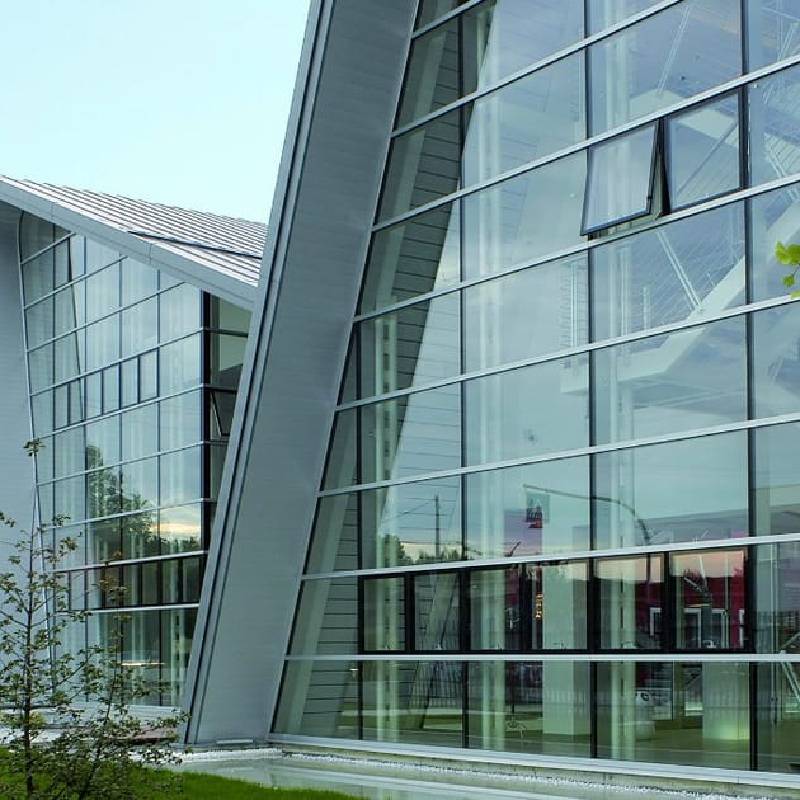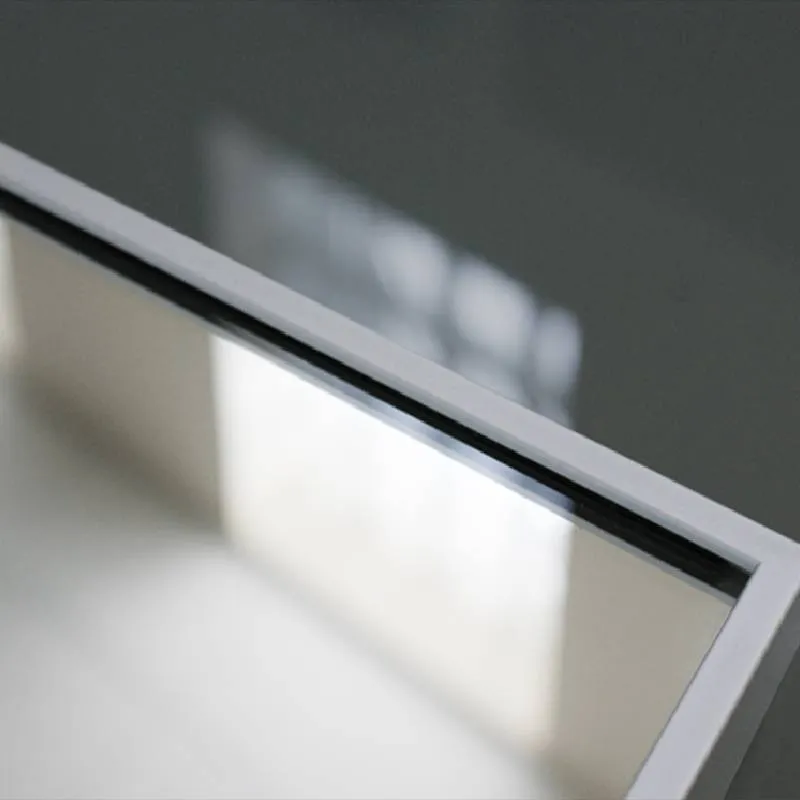

Float glass, a mainstay in architectural and automotive applications, is a versatile material with various types and applications. This article delves into the distinct types of float glass, emphasizing the nuances in their manufacturing processes, functionalities, and industry uses. These insights arise from extensive research and decades of hands-on experience in the glass manufacturing sector.

First, let’s explore Clear Float Glass, the most commonly used variant. It possesses unparalleled clarity and is a staple in windows, showcases, and display cases due to its flawless surface and optical clarity. The manufacturing process involves floating molten glass on a bed of molten tin, resulting in perfectly flat and transparent glass. Industries favor clear float glass for its optimal light transmission and aesthetic quality. Clear float glass is also the substrate for further processing into more advanced products.
Next, Tinted Float Glass offers both style and functionality. By adding metal oxides during production, this variant achieves a range of colors, including green, blue, bronze, and gray. Tinted glass reduces solar heat gain and glare, making it an energy-efficient choice for buildings situated in warmer climates. It provides an appealing aesthetic to building facades while enhancing energy efficiency, a crucial factor as cities across the globe push for greener building solutions.

Reflective Float Glass takes innovation a step further, combining a metallic coating with float glass. This type is known for its ability to reflect solar radiation, thus further reducing heat ingress while providing privacy with its mirrored appearance. This property makes reflective glass ideal for use in high-profile skyscrapers and commercial buildings where thermal control and exterior appearance are key design criteria. Its reflective surface not only enhances energy efficiency but also contributes to the structure's sleek, modern look.
Low-E, or Low Emissivity Float Glass, represents a technological leap in insulating glass. Coated with micro-thin metallic layers, it reflects infrared radiation while allowing visible light to pass through. Low-E glass efficiently minimizes heat loss during colder months and reflects heat during warmer months, significantly cutting down on energy costs. This type of glass is highly sought after in residential and commercial applications aiming for optimal thermal insulation and comfort.
When discussing Specialty Float Glass, Laminated and Tempered Float Glass must be mentioned. Laminated Float Glass involves two or more layers of glass with an interlayer of polyvinyl butyral (PVB) or ethylene-vinyl acetate (EVA). This type of glass is celebrated for its safety, as it holds together even when shattered, making it a primary choice for automobile windshields and skylights. Conversely, Tempered Float Glass, through its thermal tempering process, achieves increased strength. On breaking, it shatters into small granular chunks instead of sharp shards, which makes it preferable for use in situations where higher toughness is necessary, such as in glass doors, inside buildings, and car sides and rear windows.
Decorative Float Glass, a classification encompassing frosted, silk-screened, and etched varieties, allows for creativity and customization in design. This glass is frequently used in interior applications, like partitions, and also for exterior purposes where aesthetics are prioritized. The production aligns technological expertise with artistic creativity to meet bespoke design specifications while maintaining structural integrity.
In conclusion, the various types of float glass demonstrate advancements in technology tailored to meet specific functional and aesthetic needs. As experts and enthusiasts in glass manufacturing, continuous exploration and innovation in float glass types ensure that this industry remains at the forefront of material science, fulfilling both contemporary design demands and evolving sustainability standards. These diverse float glass variations underline the material's integral role in modern architecture and automotive sectors, bolstered by decades of professional experience and steadfast expertise.